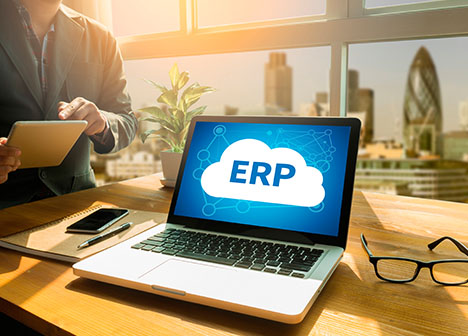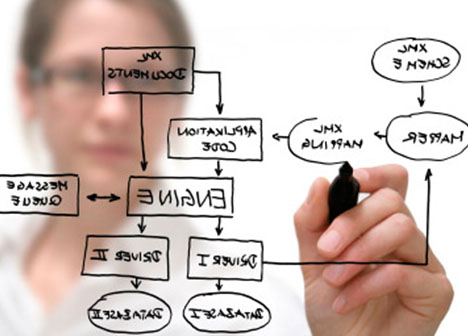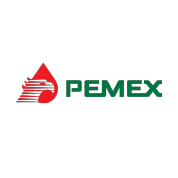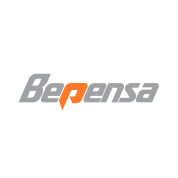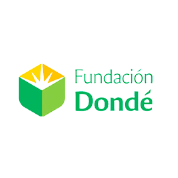Plenumsoft compite con las industrias más importantes del sector, ofreciendo servicios de fábrica de software siguiendo las directrices de metodologías y modelos de acuerdo a las necesidades de nuestros clientes: CCMI-Dev Nivel 2: Modelo de referencia que cubre las actividades
para desarrollar tanto productos como servicios. Contiene prácticas que cubren la gestión de proyectos, la gestión de proceso, la ingeniería de sistemas, la ingeniería de software y hardware y otros procesos de soporte utilizados en el desarrollo y mantenimiento.
Con base en la experiencia y conocimiento de nuestros desarrolladores ofrecemos soluciones de última generación para satisfacer las demandas de nuestros clientes y con más de 22 años de experiencia y 260 empleados expertos a disposición de nuestros clientes, podemos ofrecer soluciones rápidas al alcance del mercado meta de nuestros clientes, dando como ventajas tasas de éxito extremadamente altas, mayor flexibilidad y mayor visibilidad en todos los proyectos basados en metodologías
ágil y Lean Startup metodologias
Desarrollo Ágil
"El desarrollo ágil de software es un abanico de métodos y prácticas del mismo tipo basados en los valores y principios expresados en el Manifiesto Ágil. Las soluciones
evolucionan a través de la colaboración entre equipos auto organizados y multifuncionales utilizando las prácticas apropiadas para su contexto"
En Plenumsoft implementamos la metodología scrum
"La metodología Scrum se basa en control de procesos, que afirma que el conocimiento proviene de la experiencia y toma decisiones basadas en lo que se conoce."
¿Cómo funciona la Metodología Scrum?
Etapa 1
Definición de un presupuesto y lapso de tiempo que se adapte a cada cliente individual y construye tu mejor equipo.
Etapa 2
El dueño de producto y el cliente crea una lista de funcionalidades, las cuales deben de estar priorizadas pero que se pueden ajustar en cualquier momento. Esta lista se llama ‘Product Backlog’.
Etapa 3
El equipo de desarrollo y el scrum master inicia el sprint planning y empieza a construir un PMV, normalmente con una duración de 4 semanas.
Etapa 4
En el Sprint Review se lleva a cabo al final de cada Sprint con el objetivo de inspeccionar el incremento y analizar lo logrado. Luego en el sprint retrospectiva el equipo inspecciona y crea un plan para mejoras de formas de trabajo que se implementarán durante el próximo Sprint.
Etapa 5
El proceso se repite tantas veces como sea necesario para lograr que le producto cumpla con las expectativas del mercado y/o del cliente.
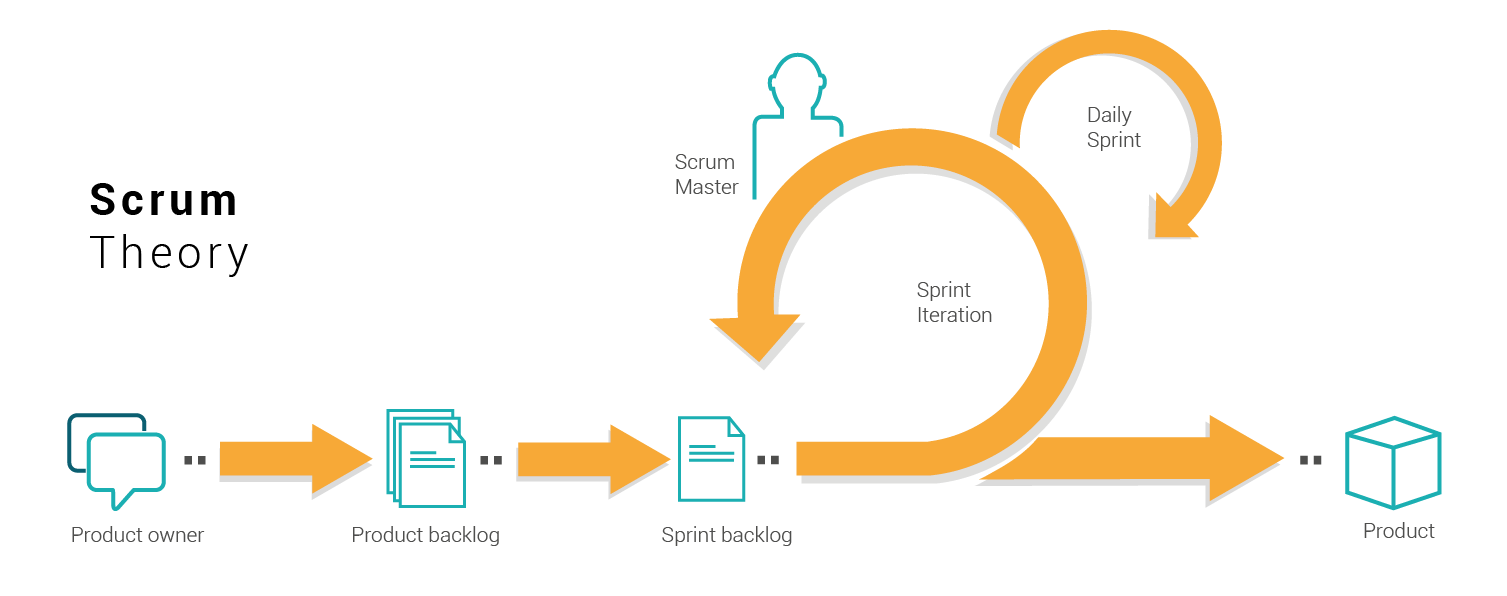
¿Que son los beneficios de Scrum?











La teoría de Scrum permite a nuestros clientes administrar el desarrollo de su proyecto a lo largo del ciclo de vida, mientras que al mismo tiempo reduce los costos, aumenta la flexibilidad y los ayuda a llegar más alto.
Lean Startup
La metodología Lean startup, creada por Eric Reis en 2008, tiene como objetivo acortar los ciclos de desarrollo de productos concentrándose en desarrollar productos o servicios para
satisfacer las necesidades de los clientes potenciales, reduciendo riesgos, optimizando costos y minimizando fallas.
“El método Lean Startup te enseña cómo conducir un startup, cómo dirigir, cuándo dar vuelta y cuándo perseverar y hacer crecer un negocio con la máxima aceleración”
¿Cómo funciona el Lean Startup?
¿Qué es primero?
Etapa 1
Determinar un presupuesto y un calendario para adaptarse a cada cliente en lo particular y construir el mejor equipo.
Etapa 2
En primer lugar, se diseña el experimento, se identifican los usuarios objetivos del cliente y se genera un product backlog. Se trata del registro de funciones priorizadas en orden o importancia, y se puede ajustar en cualquier momento del proyecto.
Etapa 3
Se planifica el Sprint seguido por la construcción de un MVP construido por el equipo de desarrollo, el scrum master y el líder del proyecto por lo general en un lapso de 4 semanas.
Etapa 4
Se lleva a cabo una revisión al final de cada Sprint para inspeccionar, incrementar y adaptar el product backlog si es necesario. Seguido por una retrospectiva del Sprint, una oportunidad para que el equipo se autoevalúe y cree un plan de mejoras para el próximo Sprint.
Etapa 5
Después de cada sprint de construcción, el líder del proyecto y un experimentador deben ejecutar el experimento, que normalmente toma 1,5 semanas. Aquí, la información es recolectada, se sintetiza y se toman medidas.
Etapa 6
Al final de cada sprint, el líder del proyecto lleva a cabo un pivote. En este punto, se toman decisiones sobre lo que se ha aprendido a lo largo del experimento, las cuales afectarán el siguiente sprint.
Etapa 7
El sprint se repite hasta que se han completado todos los incrementos del product backlog, prestando mucha atención al tiempo designado disponible. Una vez que todos los incrementos se definen como "Resuelto", se entrega un producto funcional y utilizable.
¿Cuáles son los beneficios del Lean Startup?
















